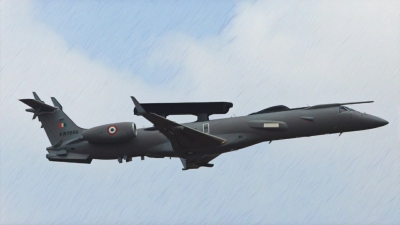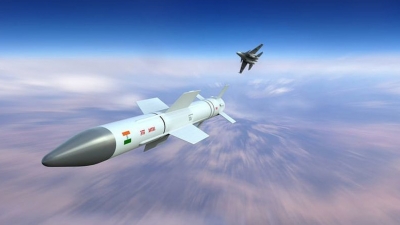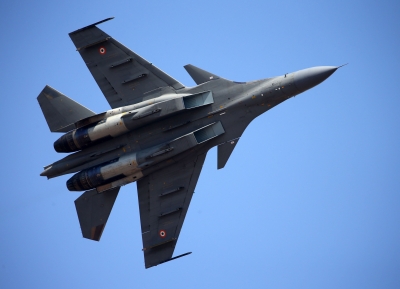
India launched its first anti-satellite weapon (ASAT), as part of its Indian Ballistic Missile Defence Programme, in 2019. The interceptor successfully shot down an out-of service Indian satellite in a low Earth orbit. The test dubbed Mission Shakti, was a joint programme of the DRDO and the Indian Space Research Organisation. With the successful completion of the test, India became only the fourth country after the U.S., Russia and China to have this space weapon technology. Anti-satellite weapons, called ASAT systems, are capable of attacking enemy satellites in space by jamming communications or destroying them. ASAT missiles also act as a space deterrent in dissuading rivals from targeting the country’s satellite network. Satellites are important for a country’s infrastructure as a large number of crucial applications such as navigation and communication networks, banking, stock markets and weather forecasting, are now satellite-based. Destroying satellites could cripple these services. An ASAT system can even target a ground station and stop transmission of information from the satellite attached to it. The system can also direct a manoeuvrable satellite to smash into another satellite!
India has a long standing and rapidly growing space programme. It has expanded rapidly in the last five years. The Mangalyaan Mission to Mars was successfully launched. Thereafter, the government sanctioned the Gaganyaan Mission which will take Indians to outer space.
India has also undertaken 102 spacecraft missions consisting of communication satellites, earth observation satellites, experimental satellites, navigation satellites, apart from satellites meant for scientific research and exploration, academic studies and other small satellites. India’s space programme is a critical backbone of India’s security, economic and social infrastructure.
The test was done to verify that India has the capability to safeguard our space assets.
Picture Credit : Google






